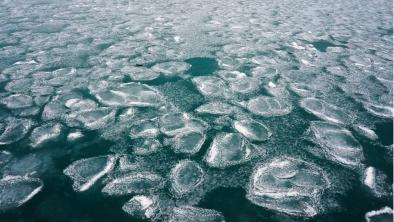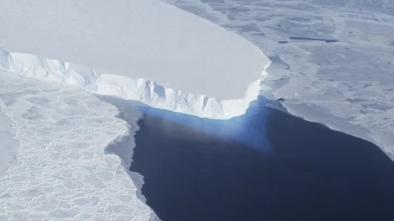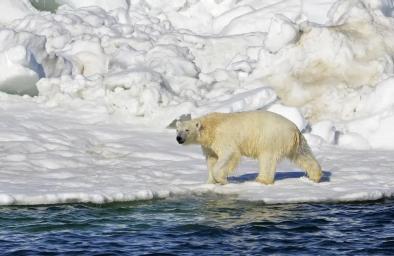Models Coming into Agreement on Widespread Effects of Arctic Sea Ice Loss

Exactly a year after more than 100 scientists gathered to discuss the connections between Arctic sea ice loss and midlatitude climate (see our coverage), the picture has become a bit clearer. There’s now strong agreement on several of the weather and climate patterns that future Arctic sea ice loss will create, provided that the right types of climate models are put on the task—models that capture the interplay among atmosphere, oceans, and sea ice.
An overview by James Screen (University of Exeter) and colleagues, published on Monday in the journal Nature Geoscience, finds both consistency and discrepancy among models, but with a new consensus on certain points. “Evidence is mounting that Arctic sea ice loss can affect weather and climate throughout the Northern Hemisphere,” wrote the authors.
Computer models have long predicted that surface temperatures would rise more quickly in the Arctic than at lower latitudes, and observations show this happening already. There’s also been a significant drop in the extent of Arctic sea ice throughout the year, most notably in summer but also during the cold season. In the first few days of February 2018, Arctic sea ice extent has been running about 8-10% below the seasonal average for the period 1981-2010, and it’s been breaking record lows that were set just last year (in 2017).
A burst of widely publicized research over the past decade found that the depleted Arctic sea ice could be part of a chain of events weakening the stratospheric polar vortex and hiking the risk of cold outbreaks in northern midlatitudes. These findings have been far from unanimous, though.
“The recent pace of [Arctic] sea ice loss has been nothing short of breathtaking, as about 80% of the volume has disappeared in a human generation,” said Jennifer Francis (Rutgers University) in an overview for the December issue of the Bulletin of the American Meteorological Society (BAMS).
Francis added: “Despite intense efforts to understand Arctic–midlatitude [linkage], the controversy surrounding its significance and even its existence rages on.”
Related Content





